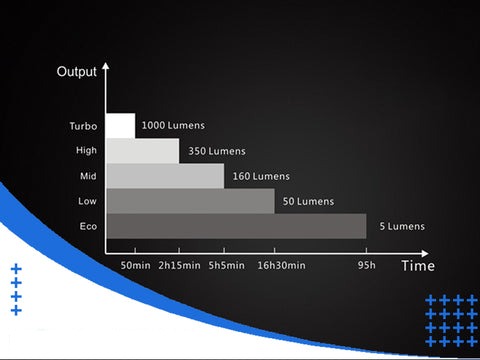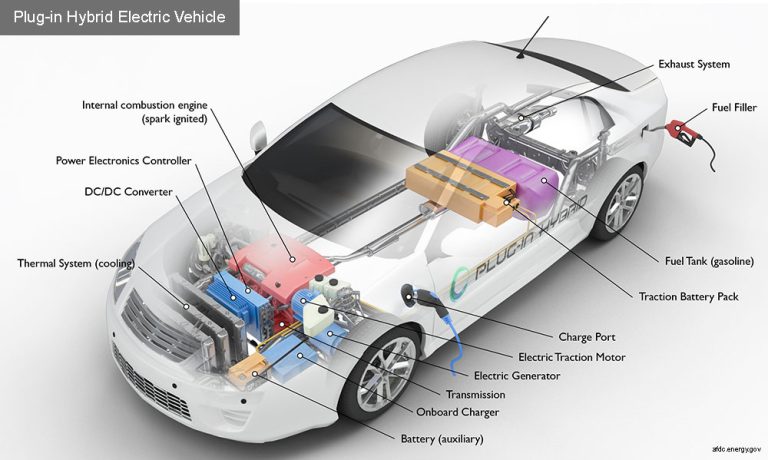How Many Lumens are in a Car Headlight: A Complete Guide
Car headlights are essential for safe nighttime driving. They provide the necessary illumination to see the road ahead and avoid obstacles. Modern headlights come in various types, including halogen, LED, and HID, each offering different lumen outputs. Halogen headlights usually have lower lumens compared to LED and HID options.
LED headlights are popular for their brightness and energy efficiency. HID headlights offer a strong, focused beam and are often used in high-end vehicles. Choosing the right headlight ensures better visibility and enhances driving safety.
Introduction To Car Headlights
Car headlights are crucial for safe driving at night. They help drivers see the road and obstacles. Bright headlights prevent accidents and ensure safety.
Importance Of Lumens
Lumens measure the brightness of light. Higher lumens mean brighter light. Car headlights need enough lumens to light up the road. It helps drivers see clearly.
Basic Terminology
Lumens are the total amount of visible light. Watts measure energy use, not brightness. LED headlights are energy-efficient. Halogen headlights are common but less bright. Understanding these terms helps you choose the right headlights.
What Are Lumens?
Lumens measure the brightness of light. Car headlights typically range from 700 to 1,200 lumens for each bulb, ensuring clear visibility.
Definition And Relevance
Lumens measure the brightness of a light. A higher number of lumens means brighter light. Lumens are important for car headlights. They help drivers see better at night. More lumens make the road clearer and safer. Car headlights usually have between 700 to 1,200 lumens. This range provides good visibility for drivers. Bright headlights reduce the chance of accidents. Always check the lumens when choosing headlights. Bright lights can save lives.
Lumens Vs. Watts
Watts measure energy use, not brightness. Lumens show how bright a light is. Old bulbs used watts to show brightness. Newer lights use lumens instead. LED lights use fewer watts but give more lumens, making them energy-efficient. For car headlights, focus on lumens, not watts. More lumens mean better visibility. Always choose headlights with high lumens.
Types Of Car Headlights
Car headlights typically range between 700 and 1,200 lumens for low beams and 1,200 to 1,500 lumens for high beams. LED headlights often provide a higher lumen output than halogen lights.
Halogen Headlights
Halogen headlights are the most common type. They produce light by heating a tungsten filament. Halogen bulbs typically emit between 700 and 1,200 lumens. These headlights are affordable and easy to replace, but they are not very energy efficient.
Led Headlights
LED headlights are very bright and energy-efficient. They can produce up to 4,000 lumens. LEDs last longer than halogen bulbs and use less power. Many new cars come with LED headlights as standard.
Xenon/hid Headlights
Xenon or HID headlights are extremely bright, producing between 3,000 and 5,000 lumens. They use an electric arc to produce light. They are more efficient than halogen but can be expensive. HID headlights offer better visibility at night.
Standard Lumen Range
Car headlights typically range from 700 to 1,200 lumens for standard halogen bulbs. LED and HID headlights can reach up to 4,000 lumens, providing brighter illumination.
Typical Lumen Output
Car headlights usually have a lumen range between 700 and 1,200 lumens each, which ensures good visibility at night. Some high-performance headlights can go up to 4,000 lumens. It’s important to check your local laws. Too many lumens can cause glare and be unsafe.
Comparative Analysis
| Type of Headlight | Lumen Range |
|---|---|
| Halogen | 700 – 1,200 lumens |
| LED | 2,000 – 4,000 lumens |
| HID (Xenon) | 3,000 – 4,000 lumens |
Factors Affecting Lumen Output
Different headlight designs impact the lumen output. Projector headlights often produce more lumens. They focus light better than reflector headlights. The type of bulb used also matters. LED bulbs usually have higher lumen output. Halogen bulbs generally produce fewer lumens.
The power supply can affect the brightness. A stable and strong power supply is crucial. Voltage fluctuations can decrease lumen output. High-quality wiring ensures a steady power flow. This helps maintain high lumen levels. Poor wiring can result in dim lights.
Lens clarity plays a big role. Clear lenses allow more light to pass through, while dirty or cloudy lenses block light. Regular cleaning helps maintain clarity. Scratched lenses can scatter light, reducing the effective lumen output.

Benefits Of Optimal Lumens
Optimal lumens in car headlights enhance visibility and safety. Typically, they range between 700 and 1,200 lumens. Bright, well-calibrated lights reduce glare for oncoming traffic.
Improved Visibility
Car headlights with optimal lumens enhance nighttime driving. They allow drivers to see the road clearly, and objects, signs, and lanes become more visible. Good visibility reduces the risk of accidents, making driving less stressful and more enjoyable.
Safety Considerations
Proper headlight lumens improve overall safety. They prevent blinding oncoming drivers, which helps everyone on the road. Safe driving conditions are crucial. Balanced lumens ensure that headlights are not too dim or too bright, maintaining safety for all road users.
How To Measure Lumens
A light meter is the main tool needed. It measures the brightness of light. A stable power source is also important. Ensure a dark room for accurate readings. A notebook helps to record data. Safety goggles protect your eyes. Keep all tools handy before starting.
First, set up your car headlight in a dark room. Connect the headlight to a stable power source. Turn on the headlight. Place the light meter at the headlight’s beam. Read the lumens value on the meter. Record the reading in your notebook. Repeat the process for accuracy. Ensure the light meter is calibrated.
Choosing The Right Headlights
Lumens measure the brightness of headlights. A typical car headlight has 700 to 1,200 lumens. Brightness affects visibility and safety. Higher lumens mean better visibility at night. Also, consider the type of bulb. LED and HID lights are brighter than halogen. Energy efficiency matters too. LED headlights use less energy. Durability is another factor. LED and HID bulbs last longer than halogen. Cost can vary based on bulb type and lumens.
| Type of Bulb | Average Lumens | Durability |
|---|---|---|
| Halogen | 700-1,200 | 1-2 years |
| LED | 2,000-4,000 | 5-10 years |
| HID | 3,000-5,000 | 3-5 years |
Maintenance Tips
Car headlights typically range from 700 to 1,200 lumens, depending on the type and model. Ensure optimal brightness by regularly checking and cleaning the headlights.
Regular Cleaning
Keeping car headlights clean is very important. Dirt and grime can block the light. This makes it harder to see at night. Use a soft cloth and mild soap to clean them. Be careful not to scratch the surface. Clean headlights at least once a month. This will keep them bright and clear.
Timely Replacement
Car headlight bulbs can burn out over time. Replace them as soon as they dim. Always use bulbs that match your car’s specifications. Check your car manual for the right type. Replacing bulbs in pairs is a good practice. This ensures even lighting on both sides.

Frequently Asked Questions
What Are Lumens In Car Headlights?
Lumens measure the brightness of car headlights.
How Many Lumens Are Standard Headlights?
Standard headlights typically emit 700 to 1,200 lumens.
Are Led Headlights Brighter?
Yes, LED headlights can emit up to 4,000 lumens.
How Do Lumens Affect Visibility?
Higher lumens improve visibility, especially at night.
What Is The Legal Lumen Limit?
Legal limits vary, usually around 3,000 lumens per headlight.
Do Lumens Impact Headlight Color?
No, lumens measure brightness, not color temperature.
How To Choose The Right Lumens?
Consider road conditions and legal limits for optimal safety.
Conclusion
Understanding lumens in car headlights enhances your vehicle’s safety and visibility. Choose headlights with adequate lumens for optimal performance. Always check your car’s manual for recommendations. Upgrading to the right lumens can improve night driving and reduce accidents. Ensure your headlights meet legal standards for road safety.







